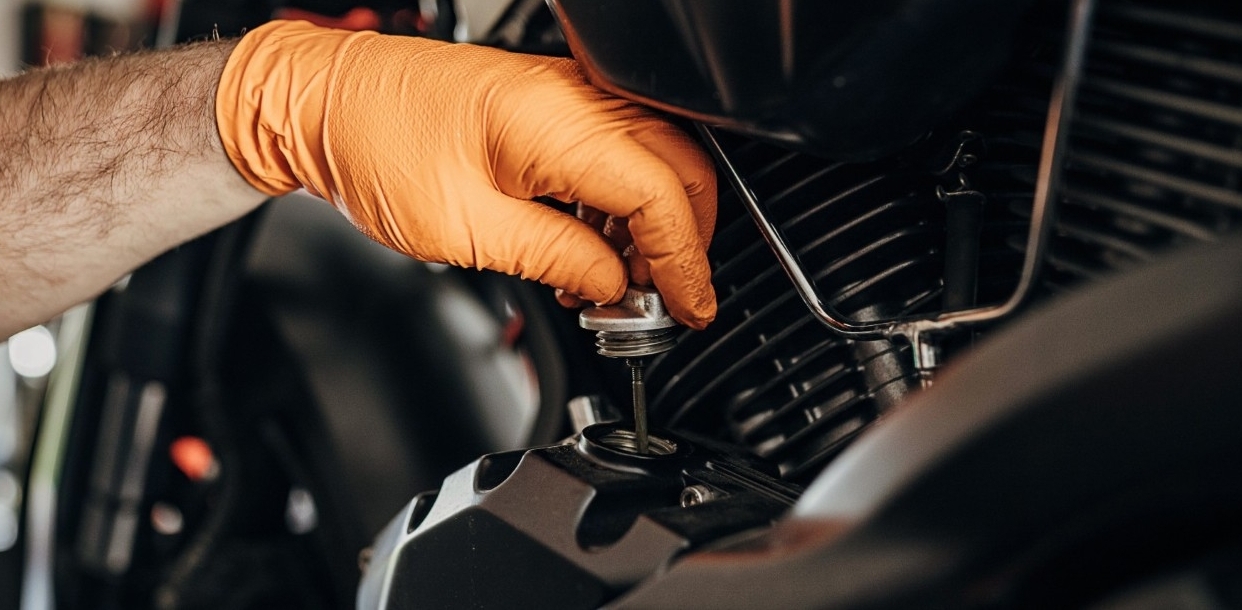How to detect and fix problems in your vehicle's cooling system

It is crucial to keep your vehicle's cooling system in perfect working order. If it is not in proper condition, the damage can be both severe and costly, or even disastrous for the engine.
Therefore, it is important to know how to detect and fix common problems with this system before they become more serious.
Engine overheating
Overheating is one of the most common and noticeable cooling system problems. It can happen for a number of reasons, such as low coolant level, a faulty thermostat, or a malfunctioning fan.
The first sign for detecting it is the temperature gauge on the dashboard, which may show that the engine is hotter than normal, although there are also more obvious signs such as steam coming from the hood.
[H3] How to fix it:
- Check the coolant level. Make sure the coolant level is between the "minimum" and "maximum" marks on the tank.
- Check the radiator fan. If it does not turn on when the engine is hot, there is a problem with the temperature sensor or the fan motor.
- Inspect the thermostat, as it may be stuck in the closed position and may need to be replaced.
Coolant leaks
Coolant leaks are another common problem and can occur in various parts of the cooling system, such as the radiator, hoses, or water pump. It is something you can detect in different ways.
The main way is when the vehicle leaves a puddle of green, orange, yellow, or pink liquid. Another way is that you notice that the coolant level is constantly decreasing, something that can occur without the other warning signs, as it is usually characteristic of small leaks.
How to fix it:
- Inspect the hoses and the radiator. Check hoses for cracks or leaks. Also check the radiator for signs of corrosion or areas where coolant may be leaking.
- Replace any faulty parts. If you find a cracked hose or a damaged radiator, you must replace the defective part. Sometimes tightening a loose clamp can solve a small leak, but in many other cases it is better to go to a repair shop and leave it to the professionals.
- Use a radiator sealant. As a temporary measure, and if you have no other choice, you can use a radiator sealant. However, keep in mind that this does not take the place of a proper repair.
Faulty water pump
The water pump is responsible for circulating the coolant throughout the cooling system. If it fails, the coolant does not circulate and the engine, therefore, overheats. There are also other clear symptoms that this part is not working properly, such as the aforementioned leaks or the front of the engine rattling.
How to fix it:
If the water pump fails, it must be replaced. In this case, it is a more complex job, since it is usually necessary to disassemble the timing belt, and this repair is more complex technically.
Clogged radiator
Over time, the radiator can become clogged by deposits of dirt and sediment, preventing the coolant from flowing properly.
One of the clearest indicators is that the engine is warming up abnormally, reaching high temperatures if you are stopped with the engine running, but cooling down if it is in motion. You can also take a look at the tank, where particles clogging the circulation may be more or less visible.
How to fix it:
- Radiator cleaning. You can perform a radiator flush to remove sediment. This involves draining the coolant, flushing it several times with coolant until it is clean, and then refilling it with a new coolant mixture.
- Radiator replacement. If the radiator is badly clogged or damaged, you may need to replace it with a new one by visiting a repair shop.
Related content



